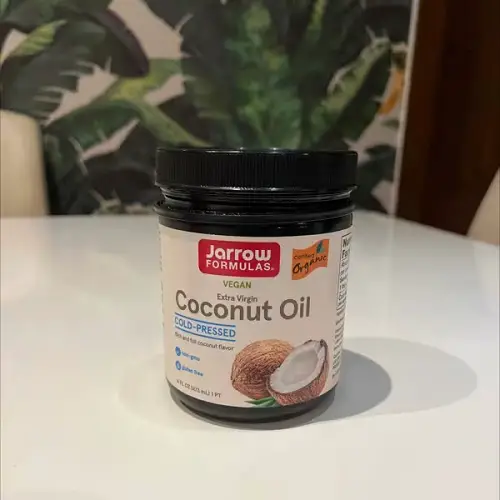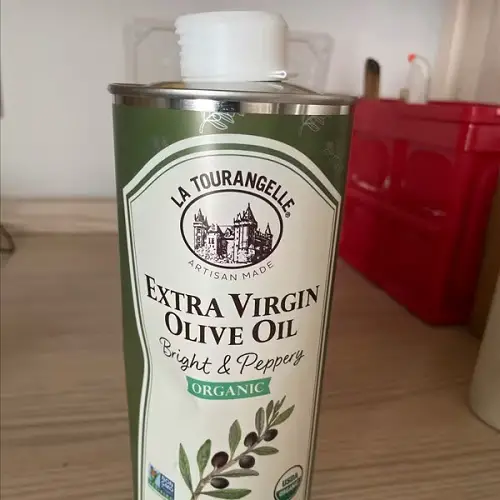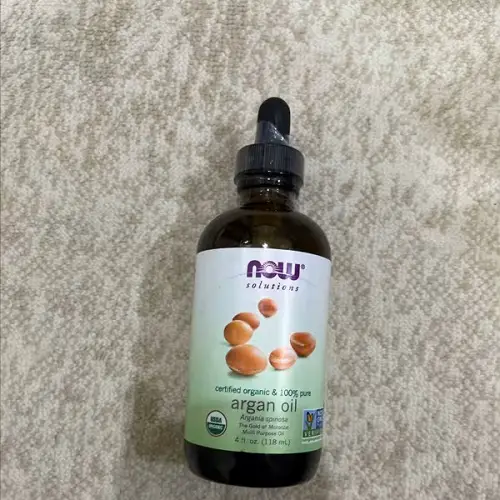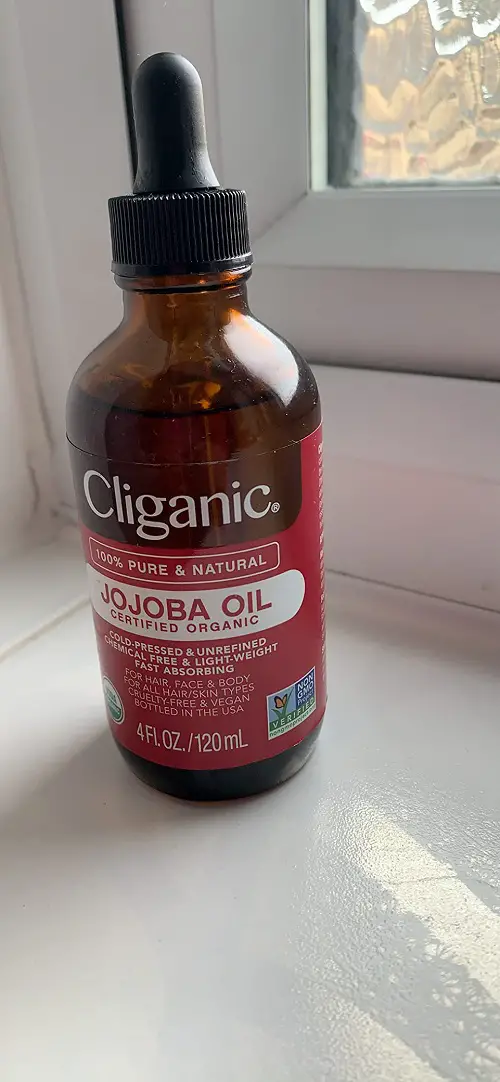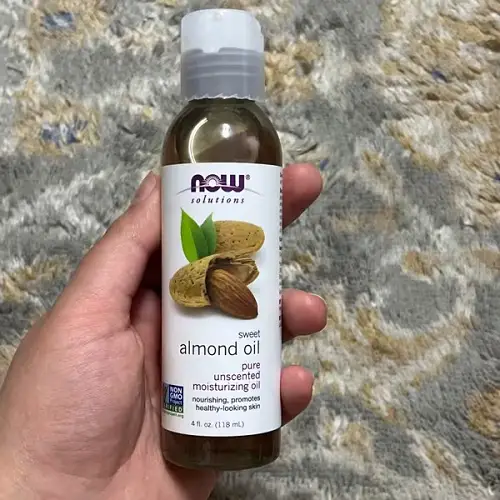Dull skin? Dark spots? Stubborn scars? Here’s how oils to mix with turmeric for skin can help you brighten and heal it!
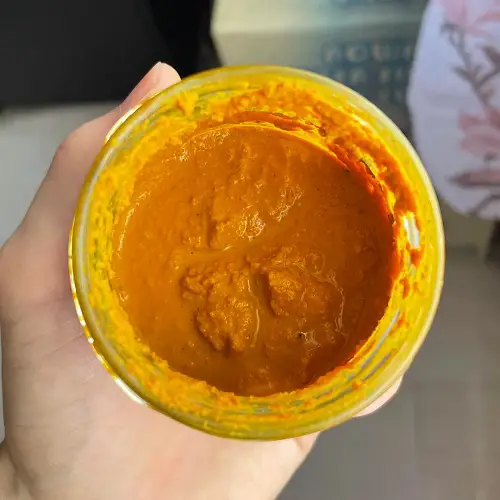
For centuries, turmeric has been used to support healthy skin. When combined with the right oils, it can help brighten, heal, and naturally hydrate your skin. We’re not kidding; here are oils to mix with turmeric for skin brightening and healing!
Oils to Mix With Turmeric for Skin Brightening and Healing
1. Coconut Oil
If you have dry or sensitive skin, coconut oil is a good option. It has natural antibacterial properties, and when paired with turmeric’s anti-inflammatory effects, it can soothe and heal the skin.
However, coconut oil may clog pores for some people, so it’s not ideal for acne-prone skin. For noticeable results, apply the mixture 2 to 3 times a week for 3 to 4 weeks.
2. Olive Oil
Olive oil is rich in oleic acid, which helps maintain the skin’s moisture barrier. It also contains antioxidants (polyphenols) that support skin health. Mixed with turmeric, this combination may help brighten and reduce inflammation.
Use it 2 to 3 times a week, and you will start seeing a reduction in dark spots and better skin texture soon.
3. Argan Oil
Argan oil, sometimes called “liquid gold,” contains vitamin E, essential fatty acids, and antioxidants. It’s non-comedogenic, so it won’t clog pores, making it a good pick for acne-prone or sensitive skin.
Turmeric helps reduce inflammation and breakouts, while argan oil hydrates and repairs the skin, so this combo can help fade blemishes and scars, and improve skin tone.
That said, avoid this oil if you’re allergic to nuts, and always do a patch test, especially if you have very sensitive skin.
4. Jojoba Oil
Jojoba oil closely mimics the skin’s natural oils, making it useful for both dry and oily skin. It helps balance oil production and allows curcumin (the active compound in turmeric) to absorb more effectively.
Jojoba oil won’t clog pores, making it safe for acne-prone skin. But as always, turmeric can sometimes cause mild irritation, so it’s best to do a patch test first.
5. Sweet Almond Oil
Sweet almond oil is lightweight and packed with vitamins A and E. These nutrients, combined with turmeric, may support skin regeneration and help fade acne scars or stretch marks.
This oil-turmeric blend may also help reduce pigmentation and inflammation. However, if you’re allergic to nuts or almonds, avoid it. And if your skin is highly sensitive, watch out for any signs of irritation.
How to Use Turmeric and Oil on Your Skin
Mix a pinch of turmeric with a tablespoon of your favorite oil—olive, argan, jojoba, or almond oil—to make a face mask. Apply it evenly to your face, leave it on for 15-20 minutes, and then rinse it with lukewarm water. Do this 2-3 times a week, and your skin will brighten and feel smoother!
Another way to use it is to blend turmeric with oil and use it as an overnight skin serum—massage it gently into your face before bed, allowing the healing properties to work while you sleep.
Note: Do a patch test before using any mix daily. It is always better to be safe than sorry!
Use any of these oils with turmeric to brighten your skin, and let us know how it works for you in the comments below!
Remember, the information we share is for general knowledge and not a substitute for medical advice, so it’s always better to consult a dermatologist before trying new skincare remedies!

